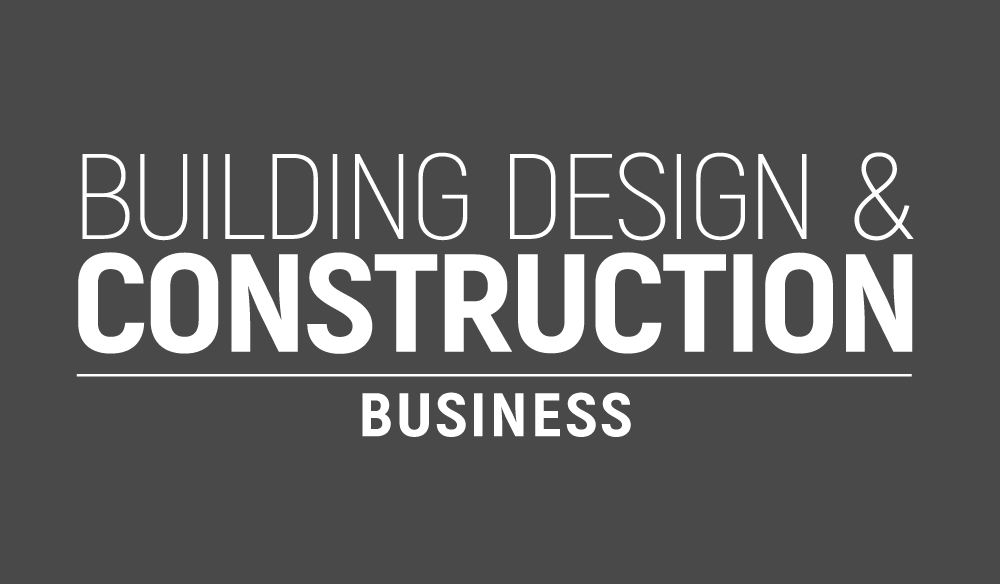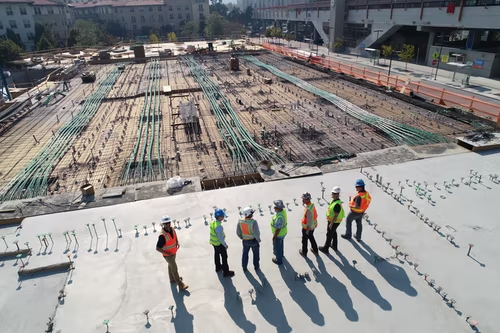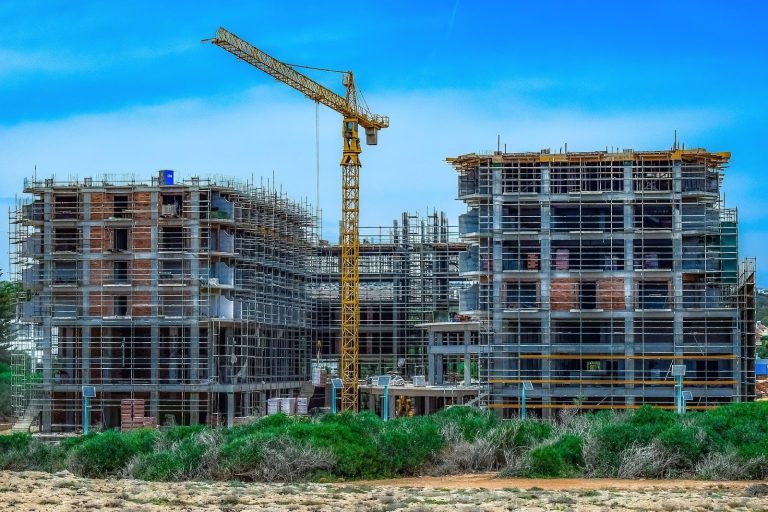Having a contractor business is a great way to make a living. You can flex your creative muscles and your physical muscles and get to see your projects become a reality. You can experience all of that while bringing in big money. However, it’s also a business that comes with a lot of stress in many ways. You have to worry about deadlines, client demands, staffing, and anything else that comes with owning and running a business. Beyond that, there is getting clients in the first place. Without clients, there is no business, so you must keep bringing them in. For a commercial contracting company, that means bidding on jobs and getting your brand out in the community. If you never win bids, you will never bring in revenue. However, winning bids is not just about having the lowest one. Here are some tips on landing jobs at a commercial contracting company. Market Your Business Effectively You will need to invest in marketing and promotion. When potential commercial clients decide to undertake a project, you want your brand to be one of the first to come to mind. You can certainly invest in broadcast media advertising, such as television and radio. However, social media and digital advertising might get you more bang for your buck. Since contracting businesses tend to work in a local area, you can target advertising to people and companies near you. You should also put yourself on a platform such as LinkedIn to create a network in the business and contracting communities so that more people know who you are and your brand values. They will be more trusting of your business if they see the face and person behind it. Post regularly about industry updates and what your company has been doing. You can also use search engine optimization (SEO) as a strategy. This means that you are setting up your website to appear on the first page of search engine rankings for certain search parameters. For example, when someone googles “contractor” and your city, you want your brand to show up there. You will get more organic traffic from people already looking for the services you offer. Networking When commercial clients want a project done, they need to know that their contractor will do it professionally, competently, safely, and with an attention to detail. They also want it to come in on budget and within an appropriate timeline. The best way for potential clients to trust you is through personal connections. As the owner of a contracting company, you need to get yourself out there. Attend Chamber of Commerce functions, show up at charity events and make yourself seen in the community. Even if you don’t meet a single person who is a decision-maker at a company, those you meet will have friends, family, and other connections. Knowing people in person will give them a better sense of your personality and how you run your business. If they can trust you as a person, they will be more likely to go to bat for you with the people who make final decisions on bids and service providers. Get All Your Ducks in a Row The other way you can get prospective clients to trust your business is by making sure that you have protected it properly. As a commercial contractor, you can join professional organizations, get certifications and licenses, and present a squeaky clean image to the world. You should also have insurance in place that protects your business, your clients, and the general public. When choosing a contractor, businesses and commercial clients will check to make sure that your employees are bonded and that you have all of the requisite certifications. Don’t try to get away from these. Invest in making your business look strong and reputable, and clients will be more likely to sign with you. Be Organized A red flag for a prospective client is a contractor that misses deadlines or meetings or doesn’t have information when requested. You must always be organized and on the ball, or else you might miss opportunities. If you bid too late, you will most likely be automatically taken out of the running. If organization is not your skill, hire someone to do it for you. Not only will it help with getting new jobs, but it will also help with your employees. A disorganized company will miss pay dates and make mistakes. This will annoy your staff and potentially cause issues keeping people. Have a Bidding Strategy When you bid, you need to have a strategy. Some contractors like to quote everything down to the last penny, and some like to use round numbers, like $10,000. However, while rounding numbers makes it simpler, a client may question that. Are you rounding $80,000 up to $100,000? They don’t know, so you will need to be very close if you are rounding. Your strategy will have to balance the desire to get everything into your bid that the client wants but at the lowest price possible. But even then, you will need to be mindful of how much profit you are taking in. In general, if you do good work for a decent price, even if it’s not the lowest, you should be able to convince clients to sign with you. Now that you have these tips, you are ready to start bringing in clients. Remember, if you provide great workmanship and build a great network, you can bring in revenue and build the commercial contracting business you’ve dreamed of.














